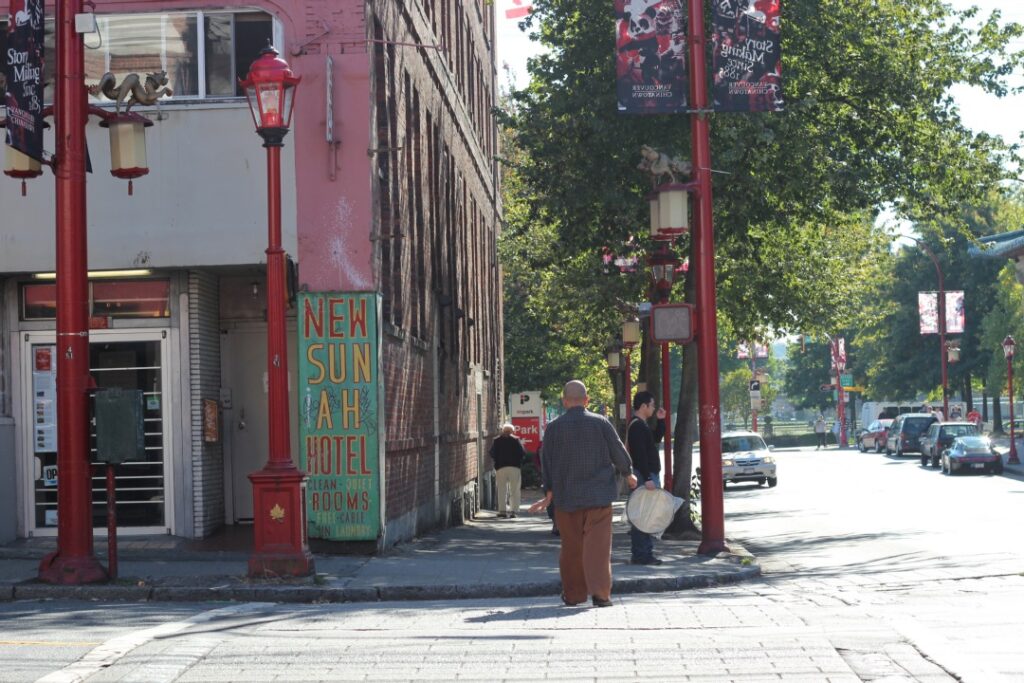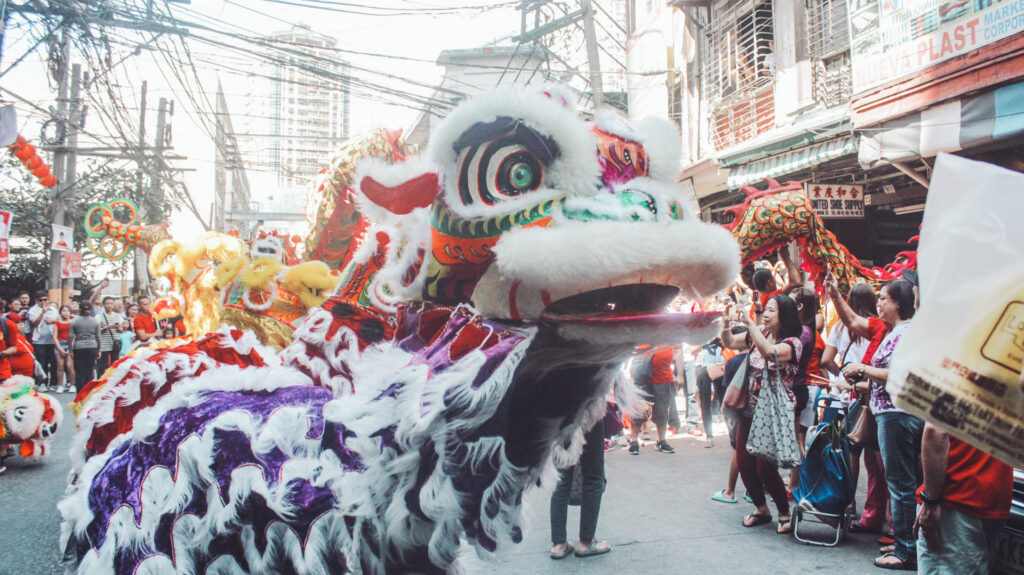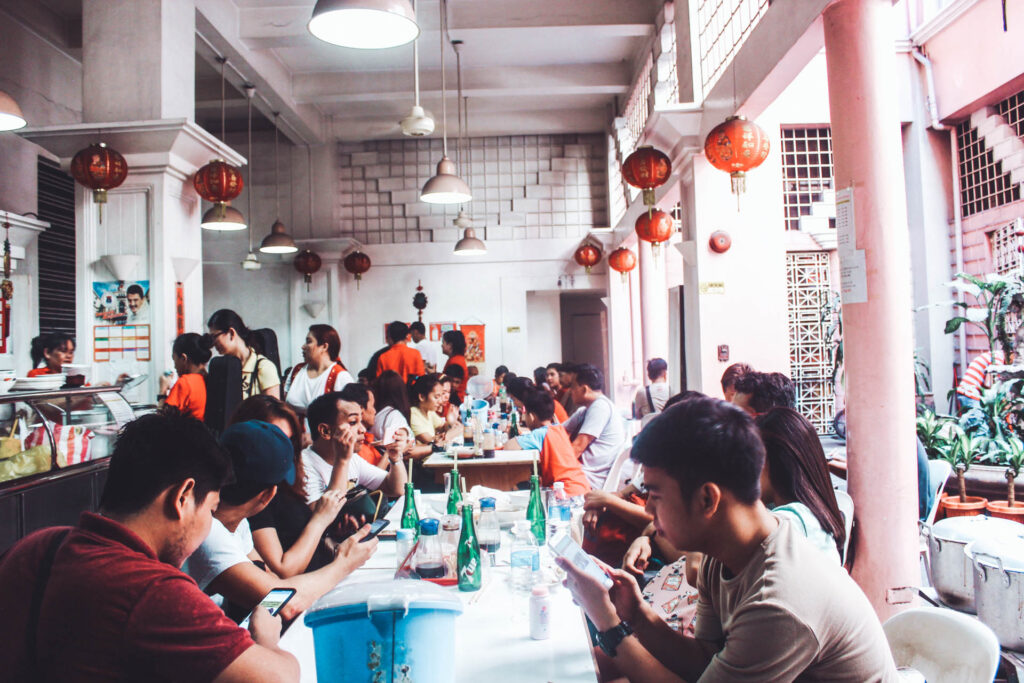With the Lunar New Year just a week away, other cultures outside of China also plan on celebrating the occasion, including some Filipinos in Canada.
Julie Uy of the Filipino Chinese Canadian Association says people are often surprised when they find out Filipinos also celebrate the Lunar New Year. Uy grew up in a Filipino-Chinese household and moved to Canada as an adult.
“In the Philippines, it was like, the culture was ingrained in you as you were growing up, right. We would celebrate by going to temples. And there would always be a reunion, a feast with family mostly, you know, as a child, you would receive all those red pocket envelopes as a gift.” – Julie Uy, Filipino Chinese Canadian Association
Compared to the celebrations back in the Philippines, Uy says the ones in Canada are much smaller and quieter.
“It’s only limited to the Asian Chinese community that celebrates it, it’s more like we celebrate on our own. Back home, even the Pinoy (Filipinos) would celebrate with us,” she said.

Jay Ngo shares a similar sentiment. Ngo, a third-generation Filipino-Chinese, recently moved to Vancouver in 2021. Before that, he managed a mall in Manila’s Chinatown.
Like Uy, Ngo grew up in a Filipino-Chinese household. His grandparents migrated from China. He grew up celebrating the Lunar New Year and practicing traditions passed on by his grandmother.
“You’ll see all the decorations two to three weeks ahead, with lanterns on the street, and lucky charms. Some Filipino houses have figurines and decorations aligned with the Chinese. Usually, when there’s a celebration for the Lunar New Year, I’d say it’s like a 50-50 celebration of both Chinese and Filipino,” he said.

Ngo says the celebrations became even more widespread when the Philippines made the Lunar New Year an official holiday in 2013.
Some of the traditions, he says, have gone on to have their own unique Filipino-Chinese twist.
Ngo mentions a quintessential sticky rice cake called “tikoy” that has become synonymous with the Filipino-Chinese Lunar New Year.
“Weeks ahead of the Lunar New Year, you start feeling the vibe. People anticipate the celebration. You’ll see people selling tikoy, people giving tikoy to each other. On TV, in the news, a feng shui master usually comes on to read the Chinese zodiac year’s fortune, and your zodiac year’s luck,” he said.
Nostalgic for the livelier celebrations, and with their families being all the way on the other side of the world, Ngo plans to celebrate in a much subdued way.

Uy says she carried the traditions she practiced with her when moving to Canada. She says some of her friends plan to celebrate the event on a smaller scale, but still, with the same festive spirit she grew up with.
The Senate of the Philippines says it has an ethnic Chinese population of around 1.35 million. Similarly, StatCanada says the country’s Chinese population exceeded over 1 million. But there’s no data on how many Chinese identify as Filipino-Chinese.
Uy says sometimes it is harder to fit into the larger Asian-Canadian community but having something in common to celebrate makes it easier to feel a sense of belonging.
(Published on BCIT News)